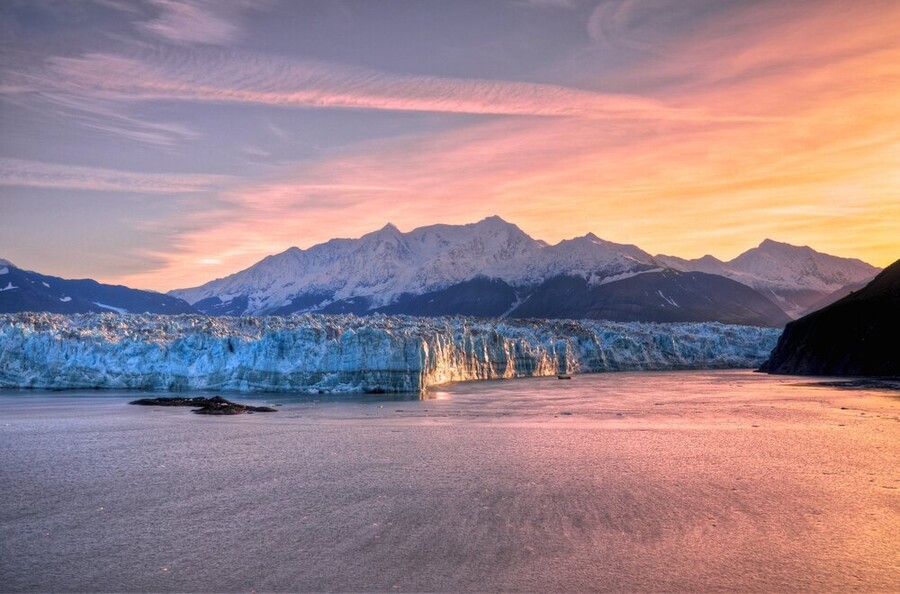In the early years of CHE, the staff of Alaska Community Action on Toxics (ACAT) would eagerly join the monthly teleconferences and huddle together around the conference speaker phone in the early morning darkness of Alaska.
It is no exaggeration to say that these calls inspired our work and left us feeling that we were part of an international community, members of civil society working together to advance scientific understanding and motivated by a passion to protect public health and the environment with which we are inextricably connected. The teleconferences provided a much-needed remedy to alleviate the isolation we experienced as environmental health and justice researchers and advocates in Alaska.
CHE continues to provide inspiration and enlightenment that informs our daily work for environmental health and justice.
A "window to the Arctic"
After expressing interest in forming a regional partnership of CHE, I was invited to Commonweal to join a meeting of core staff and advisors. I remember a conversation with Michael Lerner in which he suggested that CHE-Alaska could be a “window to the Arctic.” Michael’s foresight guided the development of CHE-Alaska as well as our research and advocacy work.
In the intervening 20 years, it has become apparent that the Arctic is a hemispheric sink for persistent industrial chemicals that are transported on atmospheric and oceanic currents from lower latitudes through global distillation. Arctic Indigenous Peoples have some of the highest levels of persistent pollutants of any population on earth. These problems are exacerbated by the rapid pace and magnitude of climate change in the Arctic which is now known to be warming at a much faster rate than earlier studies predicted — at least four times faster than the planet as a whole. Melting of sea ice, permafrost, and glaciers is mobilizing sequestered chemical contaminants and microplastics, threatening the health of our oceans, fish, wildlife, and peoples of the north.
With the support of CHE National, the Alaska regional partnership (CHE-AK) has hosted more than 170 seminars, with an emphasis on environmental health science and policy concerning the Arctic and many drawing over two hundred people. We see growing awareness of the Arctic as a place of vulnerability and an increasing interest in concerted action to protect the health and well-being of this region, its wildlife and peoples.
Fostering transformative change
CHE is a vital resource for those who are most directly affected by chemical exposures and burdens of disease.
We recently taught a college-credited Community-Based Environmental Health Research Institute in Nome, Alaska with students from Alaska Native communities throughout the Norton Sound region of the Alaskan Arctic. The students used CHE resources such as fact sheets, the Toxicant and Disease Database, consensus statements, and webinar recordings in seeking information to address environmental health disparities in their own communities.
Over the past twenty years, CHE has expanded our understanding of emerging science, including endocrine disruption, developmental and reproductive health, epigenetics, obesogens, and climate change. CHE is fostering a sea change in awareness and engagement among scientists, health care providers, students, and policymakers that is necessary to create positive and protective environmental health and justice policies from local to international levels.
May CHE continue to encourage our collective actions toward primary prevention and transformative change that protects the health of all.
Related resources
CHE Café: Environmental Health & Justice in the Arctic
Alaska Community Action on Toxics
This article initially appeared in the San Francisco Marin Medical Society Journal, in a special section honoring CHE's 20th year.


